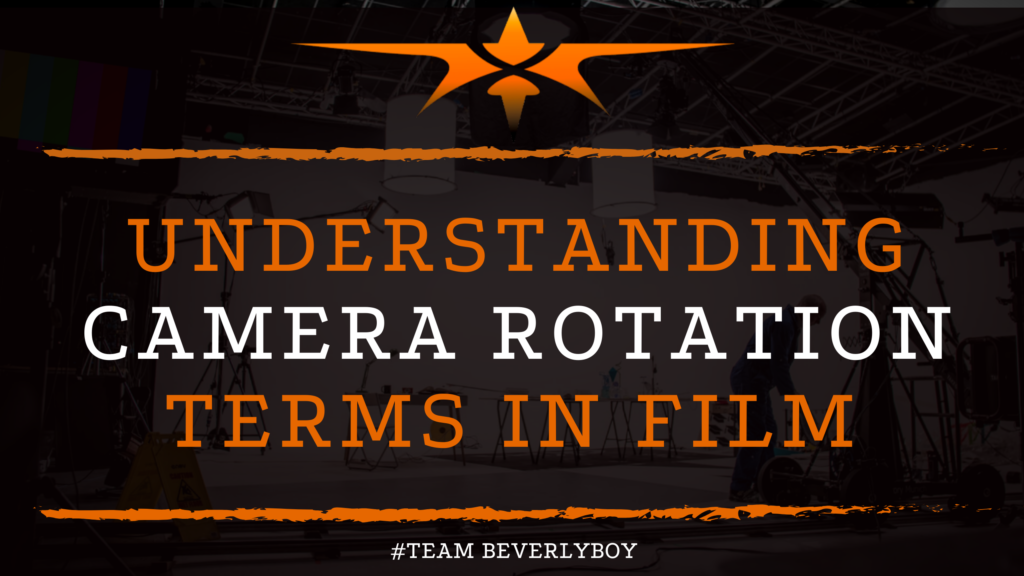Understanding Camera Rotation Terms in Film
Some of the most basic forms of camera movement also involve the rotation of the camera. In fact, camera rotation terms in film include very common movements. Such as panning and tilting. For an aspiring cinematographer, understanding the various camera rotation terms in film. And what they each mean specifically, can be challenging at first. To help you make sense of it all, we’ve put together this guide to camera rotation terms used in filmmaking.

Panning
When the camera is rotated left or right horizontally we call it panning. The panning camera movement may be achieved in a variety of ways. But typically includes the use of either a tripod or a camera stabilizer. Although handheld panning is also possible.
Camera rotation terms in film. Like the term “Panning” or “Pan” represent unique movements of the camera. In which the result is energetic shots that offer the audience a direct connection between the characters. And the actions taking place on the set.
In addition to simple panning shots, the term “Whip pan” is another common term that comes up when discussing camera rotation terms in film. Whip pans add energy to a shot and create an energetic connection between the character’s and the audience.
Tilting
When the camera is rotated up or downward, we call it tilting. Camera rotation terms in film that represent the camera tilt are used when describing movement of the camera on a vertical axis rather than a horizontal axis the way camera panning is achieved.
Camera tilts create an element of character dominance and are commonly used when revealing new features to the audience.
Tilt is also used in filmmaking to capture the vertical awe of a scene, especially when there are elements of the scene which are amazingly tall like buildings or other items to be seen.
Rolling
Finally, one of the most profound camera rotation terms in film is the camera roll. This movement involves the camera rotating over on its side such that a long axis is represented.
The use of camera roll creates a dizzying effect that disorients the audience and is frequently used to create a sense of unease or tension.
As you can see, camera rotation terms in film are frequently used and, although they might be somewhat challenging to understand at first, they’re not so bad overall!
Once you get a firm understanding of what each rotation term stands for and how the movement takes palace you’ll be better prepared to incorporate these, and other, camera movements into your shot lists and storyboards. It’s all part of understanding basic camera rotation terms in film.

